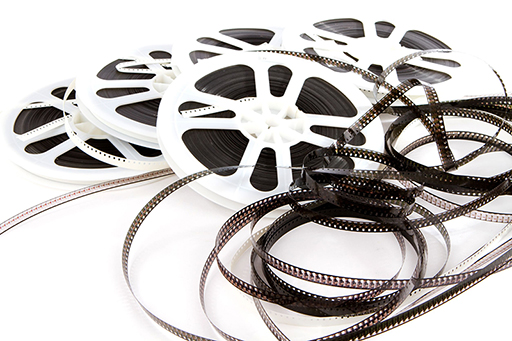9 Other collections
Besides the resources listed earlier, there’s a handful of others that are worth highlighting.
Sourced from many of Europe’s major museums and from public submissions, Europeana 1914–18 [Tip: hold Ctrl and click a link to open it in a new tab. (Hide tip)] collects together primary sources of all types, including audio and visual material. It also includes secondary blog commentary. The site has some useful filters to apply post-search, including the rights for re-use of material (important if you are intending to use sources for anything other than the classroom). A few UK museums have collections in a similar vein, such as the Imperial War Museum (which you already encountered in Session 4), the Wellcome Collection, and the Science Museum.
Finally, since audio-visual material is generally very popular with students, you should also consider looking at EUScreen, which offers online access to videos, stills and audio from European broadcasters and other archives, as well as the European Film Gateway. For students’ assignment-writing purposes, though, the most useful (because it is in English) is British Pathé, which contains the entire 3,500-hour British Pathé Film Archive, covering 1896 to 1976. Low resolution ‘preview’ downloads are free, but for classroom use you’ll have to play the media direct from the site as downloading complete videos is not permitted.

